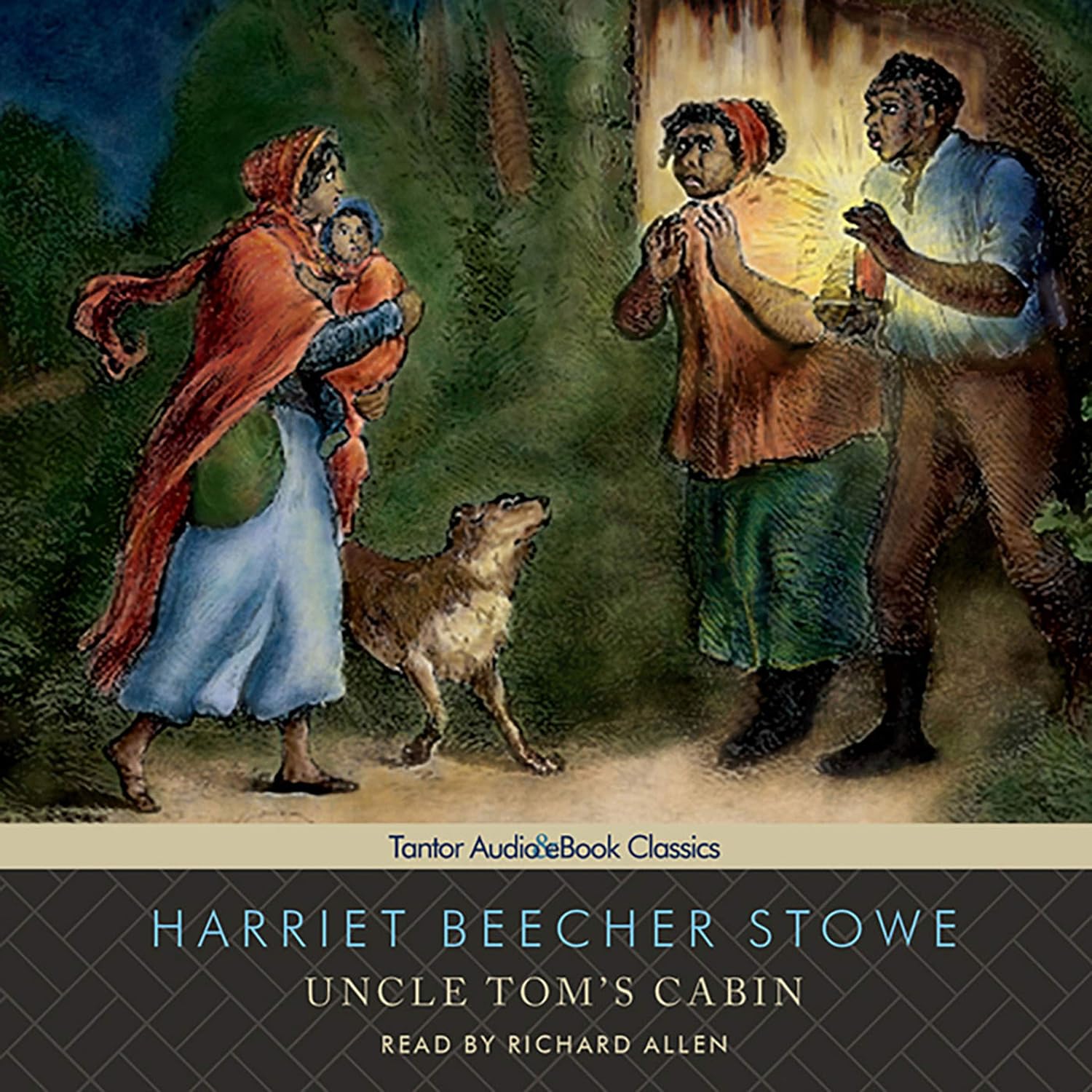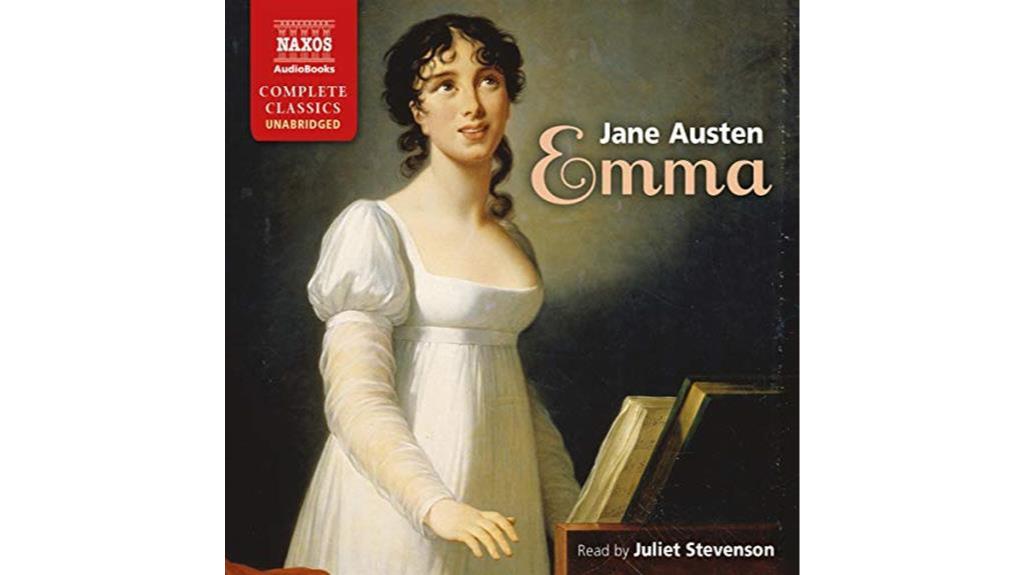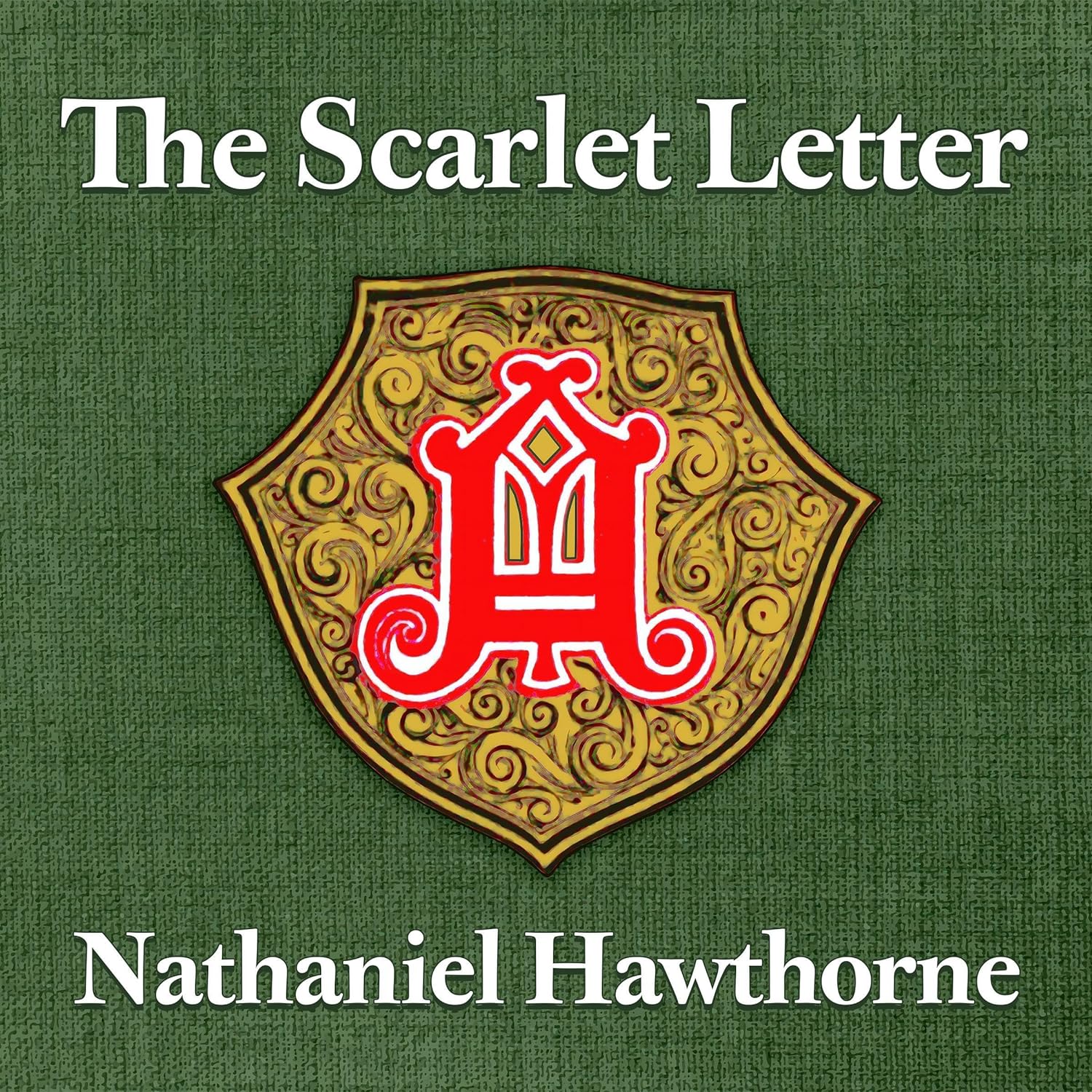Uncle Tom's Cabin Review: Impactful Storytelling and Legacy
In exploring the enduring impact of 'Uncle Tom's Cabin,' one cannot ignore the profound resonance it holds in societal discourse. The narrative's ability to dissect the complexities of slavery and human relationships within that context transcends time, prompting a reflection on contemporary issues. Harriet Beecher Stowe's unflinching portrayal of the dehumanizing effects of slavery and the resilience of the human spirit invites contemplation on the parallels that exist in today's world. This classic work not only serves as a reminder of past injustices but also beckons a critical examination of present-day societal structures, leaving a lingering question of relevance that demands further exploration.
Plot
When Kentucky farmer Arthur Shelby sells Uncle Tom and young Harry to a slave trader to settle his debts, the intricate plot of 'Uncle Tom's Cabin' unfolds, revealing the profound impact of the sale on the characters and exploring themes of friendship and mentorship.
The initial transaction sets the stage for a narrative that delves into the complexities of human relationships in the context of slavery. As Uncle Tom and Harry are uprooted from the familiar confines of the Shelby plantation, their journey highlights the fragility of bonds forged in oppressive circumstances.
Through this pivotal event, Harriet Beecher Stowe skillfully weaves a tale that forces readers to confront the harsh realities of a society built on exploitation and cruelty. The plot serves as a poignant reminder of the injustices perpetuated under the guise of tradition and economic gain.
Narration
The narrative style in 'Uncle Tom's Cabin' adeptly captures the emotional depth of the characters' experiences, immersing readers in the poignant realities of slavery. Through Stowe's vivid descriptions and heartfelt dialogues, the reader isn't just a passive observer but a companion on the journey of pain, resilience, and hope that the characters endure.
The narrative voice skillfully navigates between moments of despair and glimpses of humanity, painting a stark contrast between the cruelty of slavery and the enduring spirit of those oppressed. It challenges readers to confront uncomfortable truths and reevaluate societal norms that allow such injustices to persist.
The power of narration lies in its ability to provoke empathy and ignite a call to action against the atrocities depicted within its pages.
Summary
Narration in 'Uncle Tom's Cabin' adeptly captures the emotional depth of the characters' experiences, immersing readers in the poignant realities of slavery.
The novel unfolds through the heart-wrenching journey of Uncle Tom and young Harry, sold into the abyss of slavery, ripping apart the fabric of their lives.
It delves into the complexities of human relationships, unraveling the intricate bond between the Shelbys and their enslaved individuals.
Harriet Beecher Stowe's vivid imagery paints a stark picture of the dehumanizing effects of slavery, challenging societal norms and igniting a flame of introspection.
The summary of 'Uncle Tom's Cabin' not only narrates a tale of sorrow and resilience but also serves as a mirror reflecting the harsh truths of a society blinded by prejudice and greed.
Conclusion
As one reflects on the timeless impact of 'Uncle Tom's Cabin,' one can't help but question the societal norms and behaviors that perpetuate injustice and dehumanization. Through Harriet Beecher Stowe's poignant storytelling and vivid characters, the novel challenges readers to confront the harsh realities of slavery and the enduring legacy of prejudice and greed.
It serves as a mirror, reflecting the flaws in society and urging us to take action against injustices that continue to persist.






